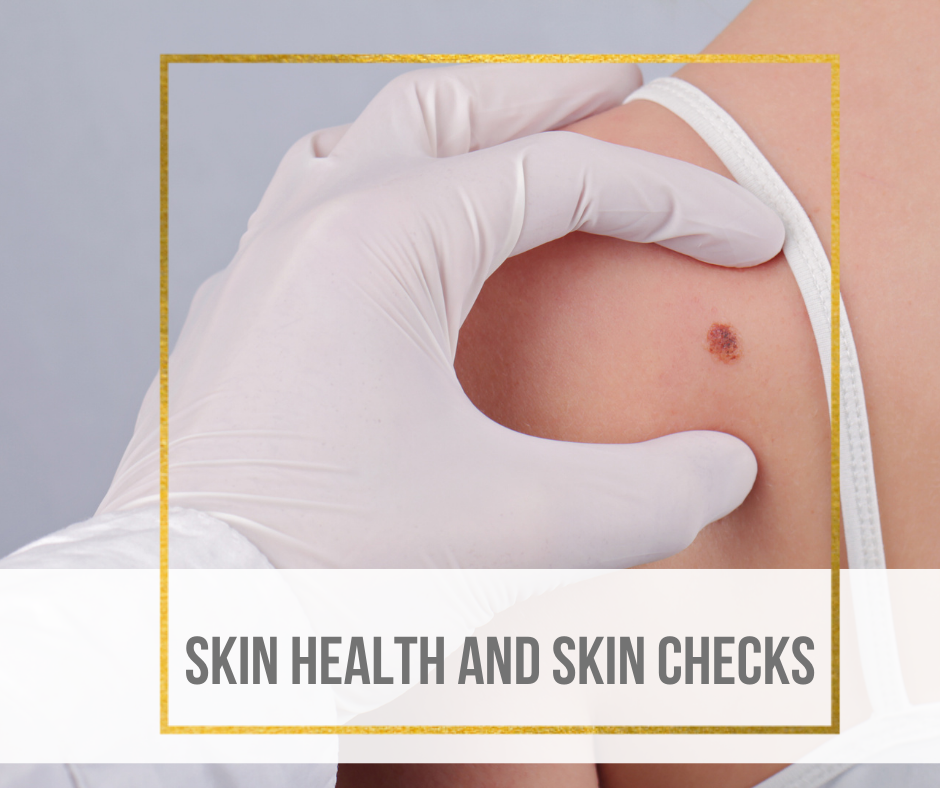Skin Health and Skin Checks
5 Feb 2021 2:03 PMTandem Health
‘Slip, Slop, Slap’. An Australian proverb so ubiquitous you’d have a hard time finding someone that hasn’t heard it. Even so, each year Australians continue to confront the highest rate of skin cancer diagnoses in the world. In spite of this, current clinical guidelines still do not recommend systematic screening for skin cancers.[1] That is, a regular and standardised skin check, conducted by your GP or Dermatologist. However, it is important not to ignore changes and to remain vigilant.
As we brave the hottest months of the year, it seems a good opportunity for a reminder to stay proactive about our skin health and how best to look after ourselves in the sun.
Unfortunately, thousands of Australians pass away from melanoma cancers each year, a reality that is in part due to delays in detection and diagnosis. Non-melanoma skin cancers are now nearly seven times more common than all other cancers combined, with around 50% of these removed by GPs every year.[2] Alarmingly, two out of every three Australians will be diagnosed with skin cancer by the age of 70.[3]
How can we change this?
Defined as “...a comprehensive medical assessment and examination of an asymptomatic patient for any evidence of skin cancer”, a skin check is as easy as booking a long appointment with your GP. This appointment is the first step in facilitating the early detection of any potential skin cancers. However it is also an opportunity for your GP to assess your individual risk, provide tips on self-examination and early detection, and advise healthy, SunSmart behaviours.[4]
What are the different types of skin cancer?
Diagnosis of skin cancer begins with the identification of a skin lesion. A lesion is a portion of skin that looks different from its surrounding area. Officially, lesions are described as an abnormal lump, bump, ulcer, sore, or coloured area of the skin.[5] If you or your Doctor has noticed a skin lesion, they will outline one of three possible diagnoses:
- Clearly malignant (cancerous)
- Clearly benign (non-cancerous)
- Too close to call
When your doctor is 100% certain that a lesion is malignant, it will be removed. Anything less than 100% certainly will result in a biopsy of the lesion to make sure.
Who is most at risk for developing skin cancer?
Anyone can develop skin cancer at any time, and sun safety should remain a priority. With that being said, there are several factors that can put you at a higher risk. Notably:[6]
- A family or personal history of skin cancer
- A large number of existing moles on the skin
- Fairer-skinned individuals
- A history of bad/severe sunburns
- Time spent outdoors unprotected/individuals that work outdoors
- Suntanning, or the use of solariums
If you find that you fall into one or more of these categories, see your GP to develop a surveillance plan and check your skin regularly.[7]
How can I best protect my skin?
There are several preventative measures you can take to ensure the preservation of your skin’s health and a multitude of resources out there to help you do so. It’s recommended that you see your GP once a year for a skin check.[8] This can be booked in with your regular GP or through referral to a dermatologist.
It’s also recommended that you keep an eye on the health of your skin at home by checking it at the beginning of each season. Have a look at this resource from The Australian Skin Health Institute, which provides a step-by-step guide and best practises for checking your skin at home.[9]
[1] Rodney Sinclair, "Skin Checks", Australian Family Physician 41, no. 7 (2012): 464-469.
[2] Ibid.
[3] Ibid.
[4] https://www.sunsmart.com.au/protect-your-skin.
[5] https://www.medicalnewstoday.com/articles/skin-lesions#:~:text=Skin%20lesions%20are%20areas%20of,colored%20area%20of%20the%20skin.
[6] https://www.sunsmart.com.au/skin-cancer/risk-factors-for-skin-cancer
[7] Ibid.
[8] https://www.skinhealthinstitute.org.au/page/78/checking-your-skin
[9] Ibid.
